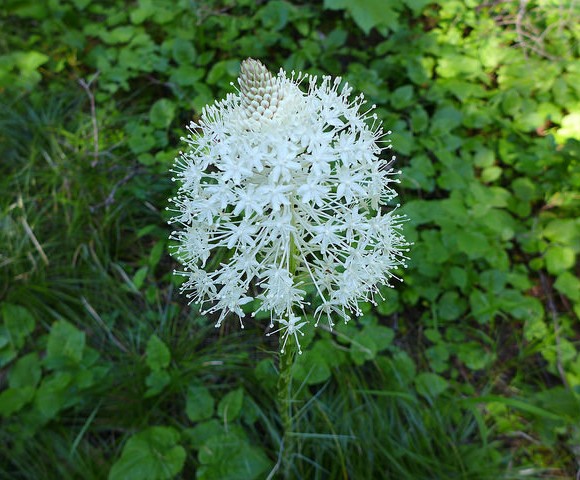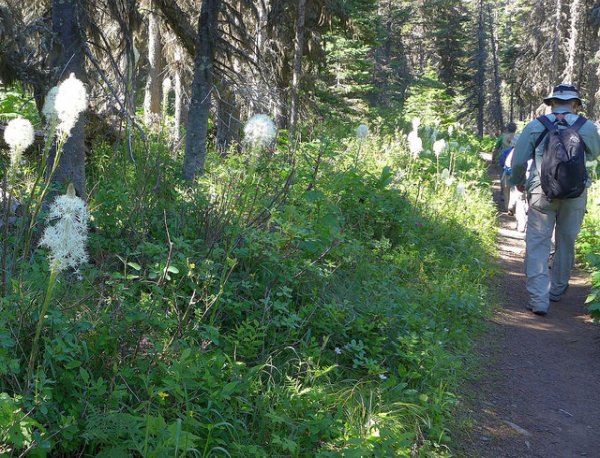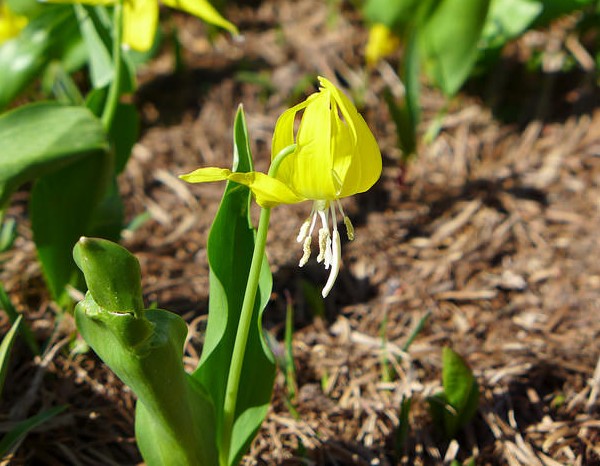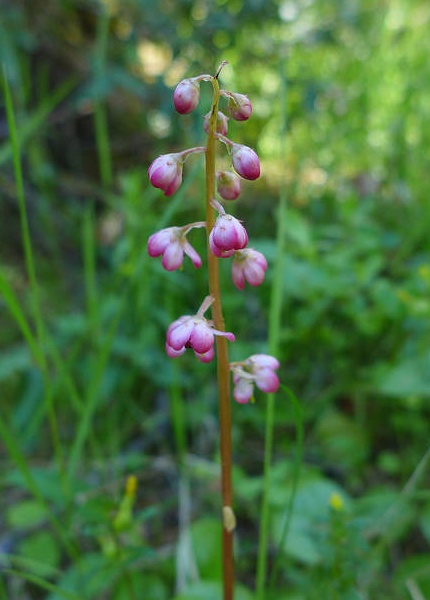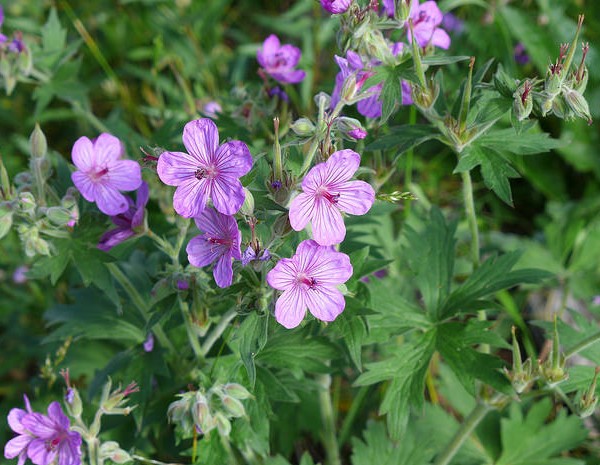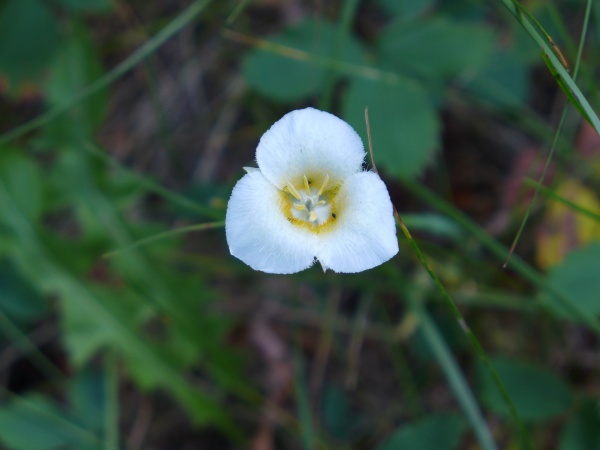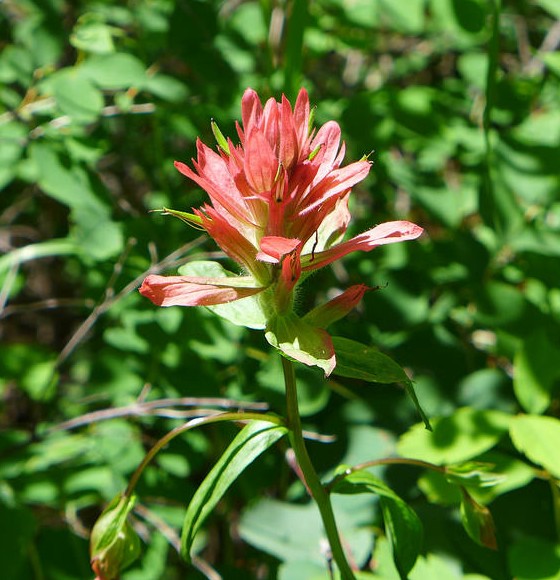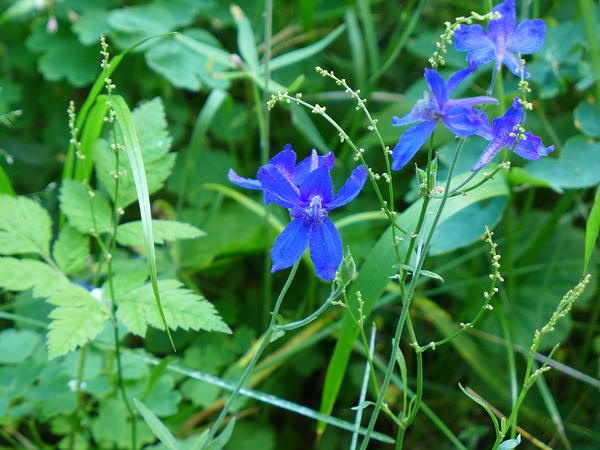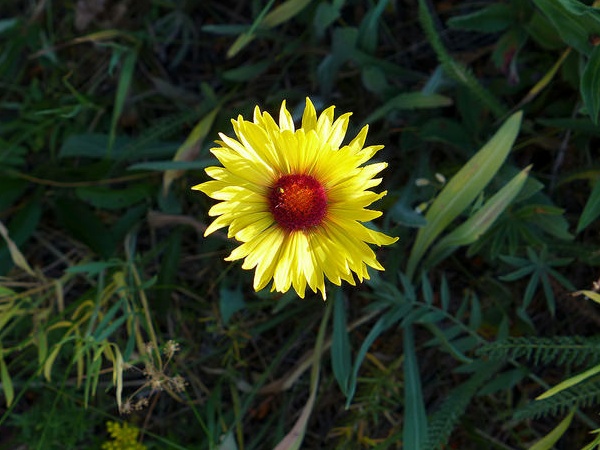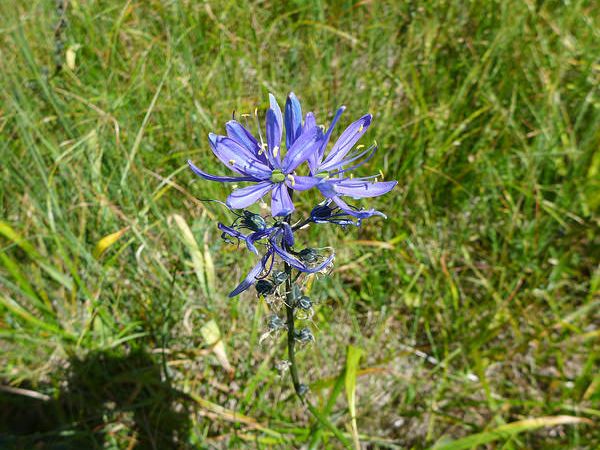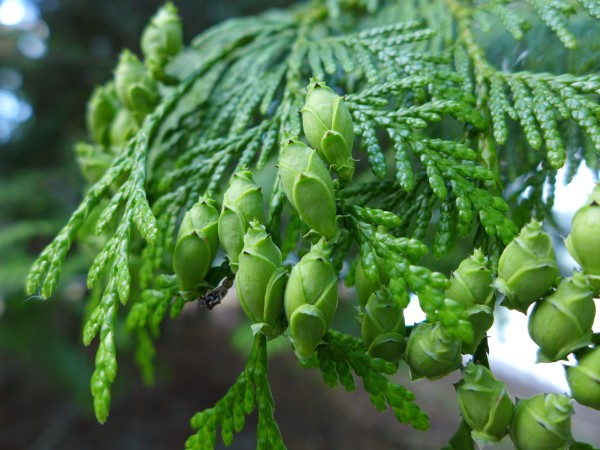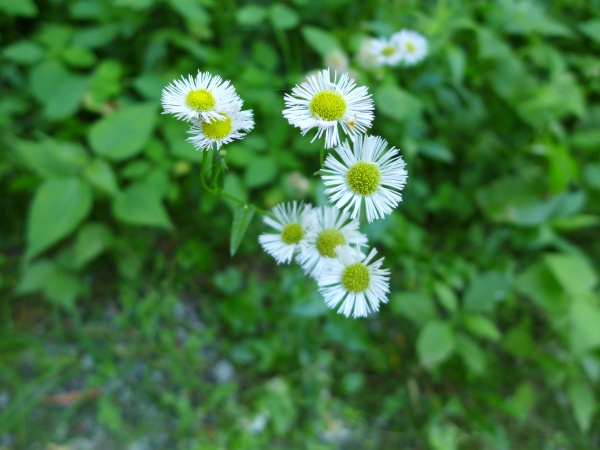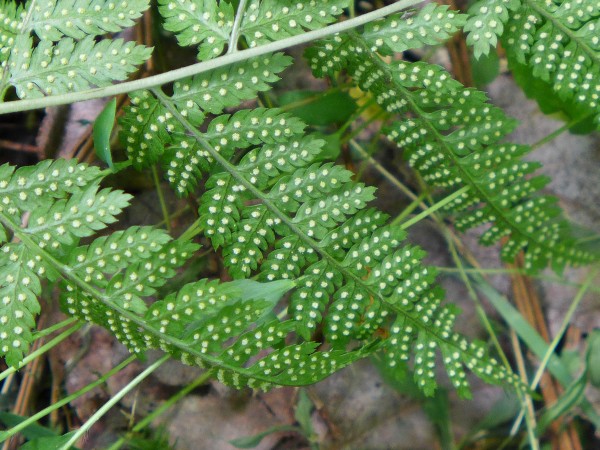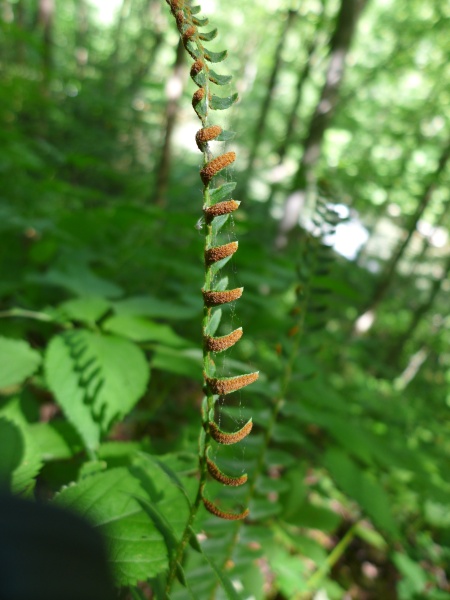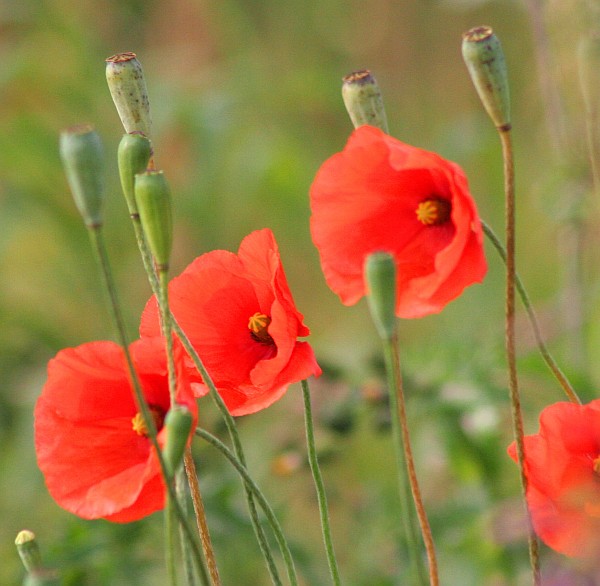
Here’s an amazing thing: The hairs on a bumblebee’s body tell it where the flowers are. It’s done with electricity.
Flowers use scent, patterns, nectar and even ultraviolet colors to attract insect pollinators. Each flower also has an electric field that says, “I’m here!” Scientists thought that insects picked up this communication, but how? A study published in PNAS last May explains that bumblebees sense the electric field with their body hairs.
Bees and flowers are oppositely charged. Without even trying, bees build up a positive charge on their bodies as they fly. Flowers are negatively charged and that makes their pollen stick to bees through static electricity. But the electric field is more than just that static charge.

In the diagram above, imagine that the bee is red and the flower blue. As a bumblebee approaches the flower, a frisson of excitement passes along its body as its hairs bend in response to the flower’s electric field. The bee feels the approach. Its hairs are pointing to the flower!
We humans can barely imagine this because we’re not sensitive to electric fields. As we walk on a carpet we don’t feel the doorknob’s electric field until we touch it and are shocked at the discharge. The best we can do is see our hair stand up after we rub a balloon on our head. Here’s Emma at Emma’s Science Blog to show us how:
Now that we know about this communication between bumblebees and flowers, scientists think that lots of hairy insects sense electric fields, too.
I wonder if the house fly sees me with his hairs as well as his eyes as I approach to swat him.
Read more about bumblebees and electricity here at mashable.com.
(bumblebee photo by Kate St. John. electric field diagram from Wikimedia Commons. Emma with balloon linked from Emma’s Science Blog. Click on the field and balloon to see the original images)
p.s. Thanks to Michelle Kienholz for alerting me to this story.



